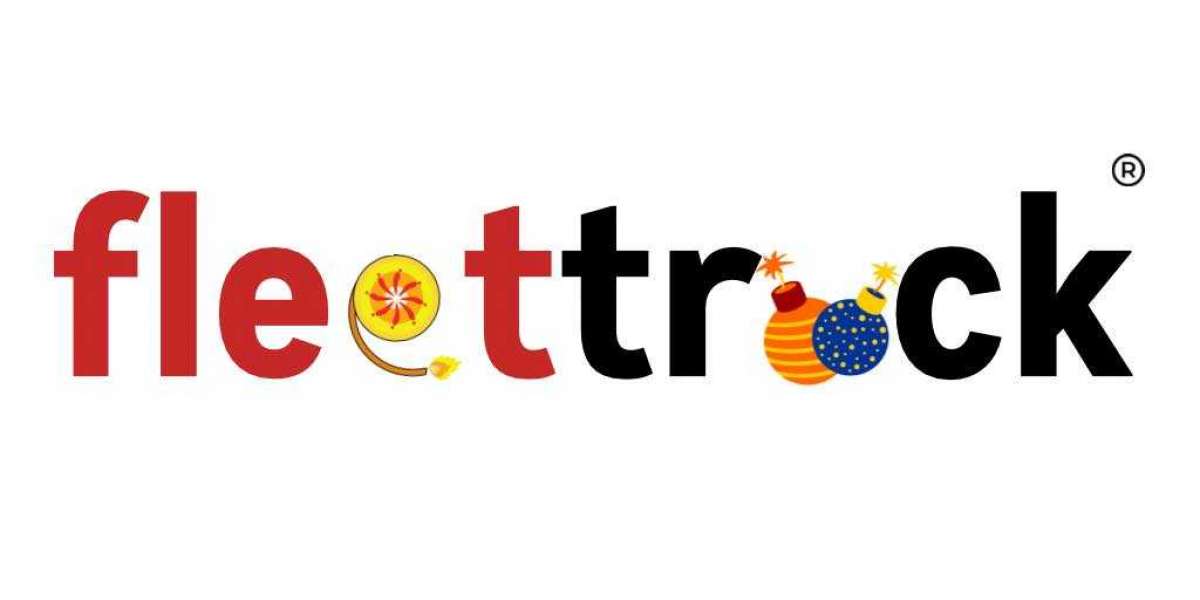5 Trends of Digital Transformation in Insurance: Examples Included
The insurance industry is undergoing a significant digital transformation, driven by the need for enhanced customer experiences, operational efficiency, and competitive advantage. As outlined in Euristiq’s insights, this transformation is not just about technology but involves a comprehensive shift in how insurance companies operate and engage with their customers. Here are five key trends in digital transformation within the insurance sector, each illustrated with real-world examples https://euristiq.com/digital-transformation-in-insurance/.

1. Data Analytics and Predictive Modeling
One of the most impactful trends in the insurance industry is the adoption of data analytics and predictive modeling. Insurers are leveraging vast amounts of data to better understand customer behavior, assess risk, and tailor products to meet individual needs.
For instance, companies like Progressive use telematics data from their customers' vehicles to offer personalized premiums based on driving behavior. By analyzing factors such as speed, braking patterns, and mileage, they can provide more accurate pricing models that reflect each driver’s risk profile. This not only enhances customer satisfaction but also helps insurers manage risk more effectively.
2. Artificial Intelligence and Automation
Artificial intelligence (AI) and automation are revolutionizing the way insurance companies operate. These technologies streamline processes, improve accuracy, and reduce operational costs.
A notable example is Lemonade, an insurtech company that uses AI-powered chatbots to handle policy applications and claims processing. Customers can interact with the chatbot for immediate assistance, significantly speeding up the claims process. By automating routine tasks, Lemonade can allocate human resources to more complex inquiries, thereby improving service quality and customer experience.
3. Enhanced Customer Experience through Digital Channels
The digital transformation in insurance places a strong emphasis on improving customer experience. Insurers are increasingly utilizing digital channels to engage with clients and provide seamless service.
For example, Allstate has developed a mobile app that allows customers to manage their policies, file claims, and access roadside assistance directly from their smartphones. This app-centric approach ensures that clients can interact with their insurance providers anytime and anywhere, enhancing convenience and satisfaction.
4. Blockchain for Improved Security and Transparency
Blockchain technology is emerging as a game-changer for the insurance industry, offering enhanced security and transparency in transactions. By utilizing blockchain, insurers can create immutable records of policies and claims, reducing the risk of fraud and errors.
An example is the collaboration between several major insurance companies to develop a blockchain-based platform for processing claims. This platform allows for real-time verification of claims, improving the efficiency of claims processing and ensuring that all parties have access to the same information. The transparency offered by blockchain fosters trust among insurers, customers, and regulatory bodies.

5. The Rise of Insurtech Startups
The rise of insurtech startups is a notable trend in the digital transformation of the insurance industry. These agile companies are leveraging technology to disrupt traditional insurance models and offer innovative solutions that meet the evolving needs of consumers.
For instance, companies like Root Insurance use smartphone data to determine auto insurance rates based on driving behavior. This model appeals to tech-savvy consumers who prefer personalized services. By embracing the insurtech movement, traditional insurers can learn from these innovative approaches and adapt to stay competitive in the market.








